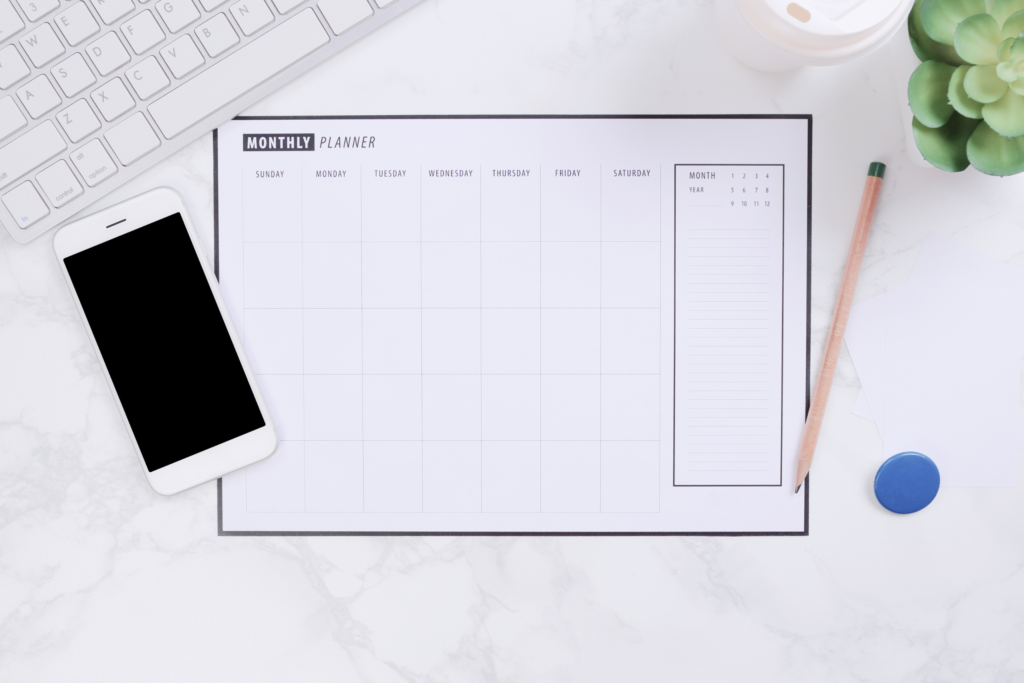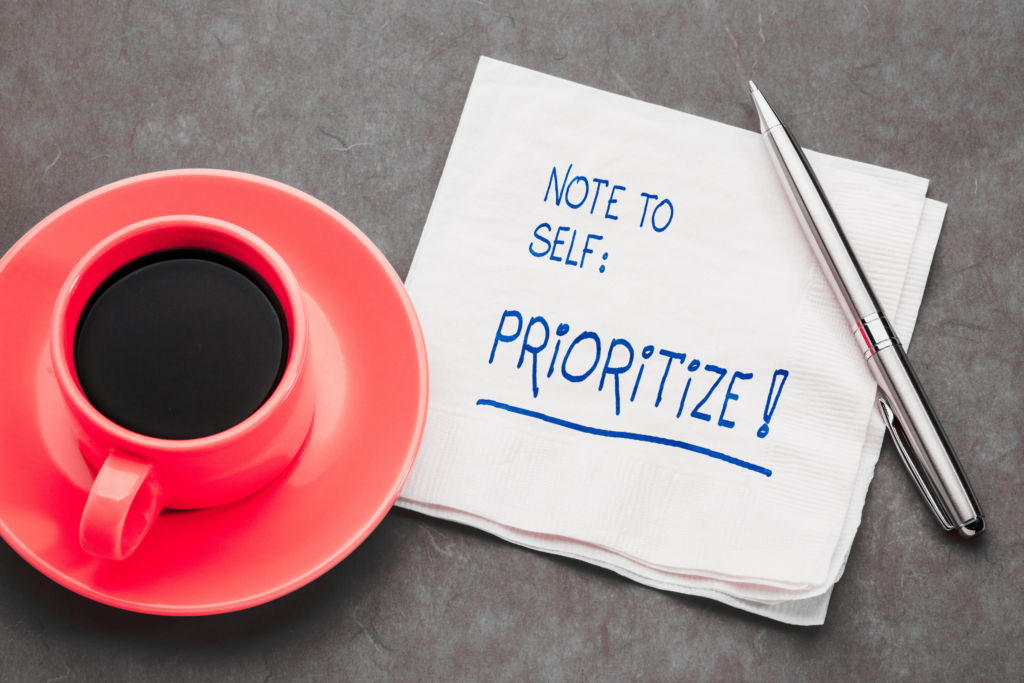
Planning your monthly sewing projects is important and helpful for several reasons. Firstly, it helps you stay organized and focused on your goals. By creating a roadmap for the month ahead, you can prioritize your projects, allocate your time and resources effectively, and avoid feeling overwhelmed by the sheer number of possibilities. This structured approach enables you to tackle each project systematically, breaking them down into smaller, manageable tasks that can be completed incrementally. As a result, you’re more likely to make consistent progress and achieve your desired outcomes within the designated timeframe you have set.
Moreover, planning your monthly sewing projects allows you to optimize your creativity and productivity. By setting clear objectives and deadlines, you can channel your creative energy more efficiently, leading to more inspired and polished creations. Additionally, having a plan in place helps you make better use of your resources, ensuring that you have the necessary materials and tools on hand when you need them. This proactive approach not only reduces the likelihood of last minute rushes or errors, but also fosters a sense of satisfaction and fulfillment as you see your projects come to life according to your vision. Overall, effective planning is an essential component of successful sewing endeavors, enabling you to make the most of your skills, time, and creativity.
Let us discuss 8 ways that you can actively plan your monthly sewing projects and create a habit that will help you accomplish more on your sewing journey in the long run.
1. Create a Project Wishlist

To start, write down all the sewing projects you want to finish. Take some time to think of ideas for sewing projects. Think about what kinds of things you want to make, like clothes, accessories, home decorations, or gifts. Consider the sewing techniques you want to learn or practice, and think about specific fabrics or patterns that interest you. Making a project wishlist is like planting seeds of inspiration for your sewing adventures. It begins with thinking about all the things you want to create. Each item on your wishlist represents a chance to be creative, whether it’s a dress, pants, blouse, quilt, or accessories. Writing down these ideas isn’t just making a list; it’s collecting dreams that you want to make real. Your wishlist becomes a guide for your sewing journey, helping you navigate through all the different patterns, fabrics, and techniques available.
2. Create a Monthly Calendar

Start by obtaining a monthly calendar or use a planner app on your device. Mark down important dates like holidays, birthday, or special events where you might want to have projects completed. This also allows you not to plan any of your sewing projects during times where you have other obligations. Creating a monthly calendar for sewing projects is like making a plan for what you want to sew each month. You start with a blank calendar and decide which projects you want to work on and when. This helps you stay organized and make progress on your sewing goals. Your calendar shows you when each project needs to be finished, so you can manage your time well. It gives you a clear direction for your sewing projects and helps you stay focused. Following your calendar helps you make sure you’re working on the right things at the right times, so you can make the most of your sewing time and create beautiful things that show off your love for sewing.
3. Set Goals

Decide how many projects you want to complete in a month based on your available time and skill level. Be realistic about what you can achieve. Setting specific goals will help keep you focused. Setting goals for your monthly sewing projects means deciding what you want to accomplish with your sewing during the month. It’s like making a plan or a target for yourself. You might decide how many projects you want to finish, which skills you want to improve, or what types of items you want to sew. These goals help you stay focused and motivated, giving you something to work towards. Whether you want to learn a new technique or simply finish a certain number of projects, setting goals gives your sewing direction and purpose, helping you make the most of your time and enjoy the satisfaction of achieving what you set out to do.
4. Choose Projects

Select projects that align with your goals and interests. Consider factors like complexity, time required, and materials needed. You might want to tackle one larger project or several smaller ones throughout the month. Choosing projects for your monthly sewing projects involves deciding what you want to make with your sewing skills during that month. It’s like picking out what recipes you want to cook for a special dinner. You might choose projects based on what you need, like new clothes or home decorations, or what you want to learn, like a new sewing technique. Consider factors like the time and materials each project requires, as well as your skill level and interests. By choosing projects that excite you and match your abilities, you can stay motivated and enjoy the process of bringing your sewing ideas to life.
5. Prioritize Your Projects

Once you have chosen your projects, prioritize them based on importance, deadlines, or seasonal relevance. This will help you focus on what matters most. Prioritizing your projects for your monthly sewing plans means deciding which ones are most important or urgent for you to work on. It’s like figuring out which homework assignments to do first based on their deadlines or how much they’ll help your grades. You might prioritize projects based on things like when you need them finished, how much you want to make them, or how difficult they are. By deciding which projects are most important to you, you can focus your time and energy on them and make sure you’re getting the most important things done first. This helps you stay organized and makes it easier to manage your sewing time effectively.
6. Break Down Tasks

Break each project into smaller tasks or steps. Estimate how much time each step will take and schedule them accordingly throughout the month. This will make your projects feel more manageable and help prevent procrastination. Breaking down tasks for your monthly sewing projects means dividing each project into smaller, more manageable steps. It’s like breaking a big project, like cleaning your room, into smaller tasks like picking up clothes or organizing books. For sewing, you might break down tasks by steps like cutting fabric, sewing seams, adding buttons, or hemming. Breaking tasks down makes them feel less overwhelming and helps you see progress as you complete each step. It also helps you plan your sewing time more effectively, as you can work on different parts of a project whenever you have a little free time. Overall, breaking tasks down into smaller steps makes sewing projects feel more achievable and helps you stay organized throughout the month.
7. Allocate Time

Dedicate specific times each week to work on your projects. Consistency is key, so try to stick to your schedule as much as possible. If unexpected events arise, be flexible and adjust your plan accordingly. Allocating time for your monthly sewing projects involves setting aside specific periods to work on your sewing tasks. It’s like scheduling time for exercise or studying. You decide how much time you can dedicate to sewing each week and then divide it up among your projects based on their importance and complexity. By allocating time, you ensure that you make progress on your projects regularly and consistently. This might mean setting aside a couple of hours on certain evenings or dedicating a block of time on the weekends. Allocating time helps you stay on track with your sewing goals and ensures that you’re able to complete your projects by their deadlines.
8. Review and Adjust
At the end of each month review your progress and evaluate what worked well and what didn’t. Adjust your planning process for the following month accordingly

I do enjoy your YouTube and blog.
Thank you so much!